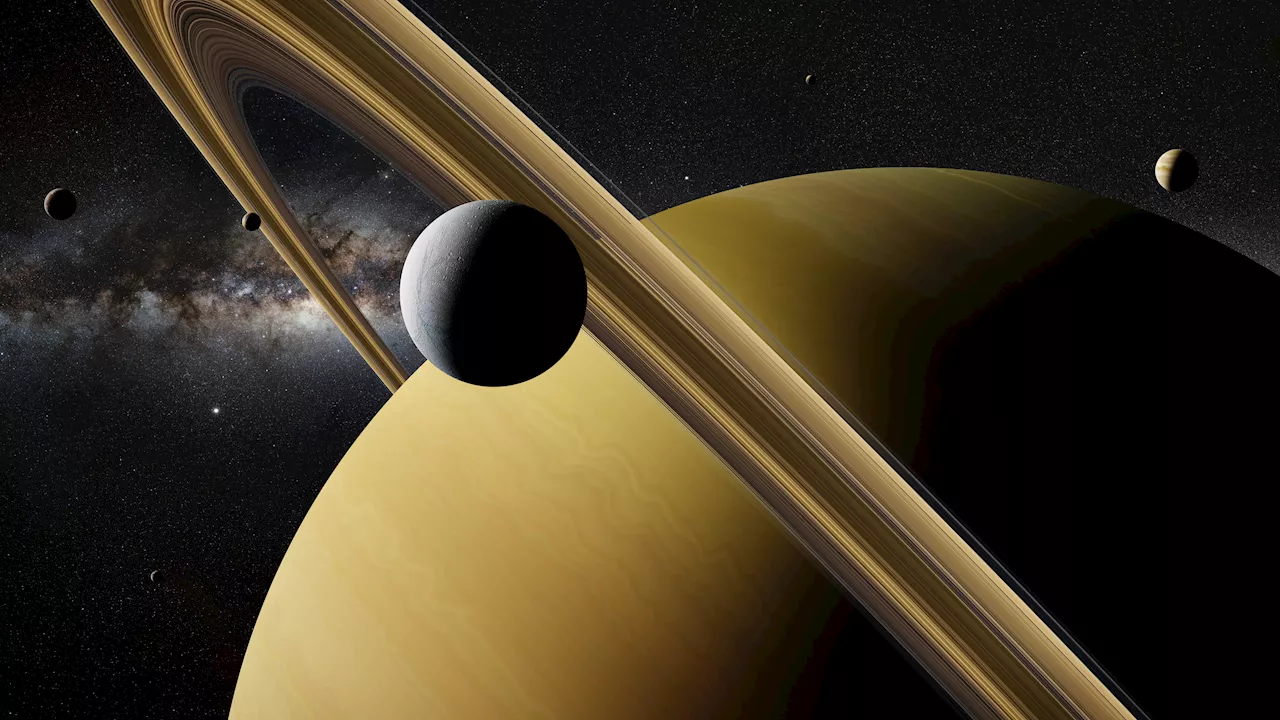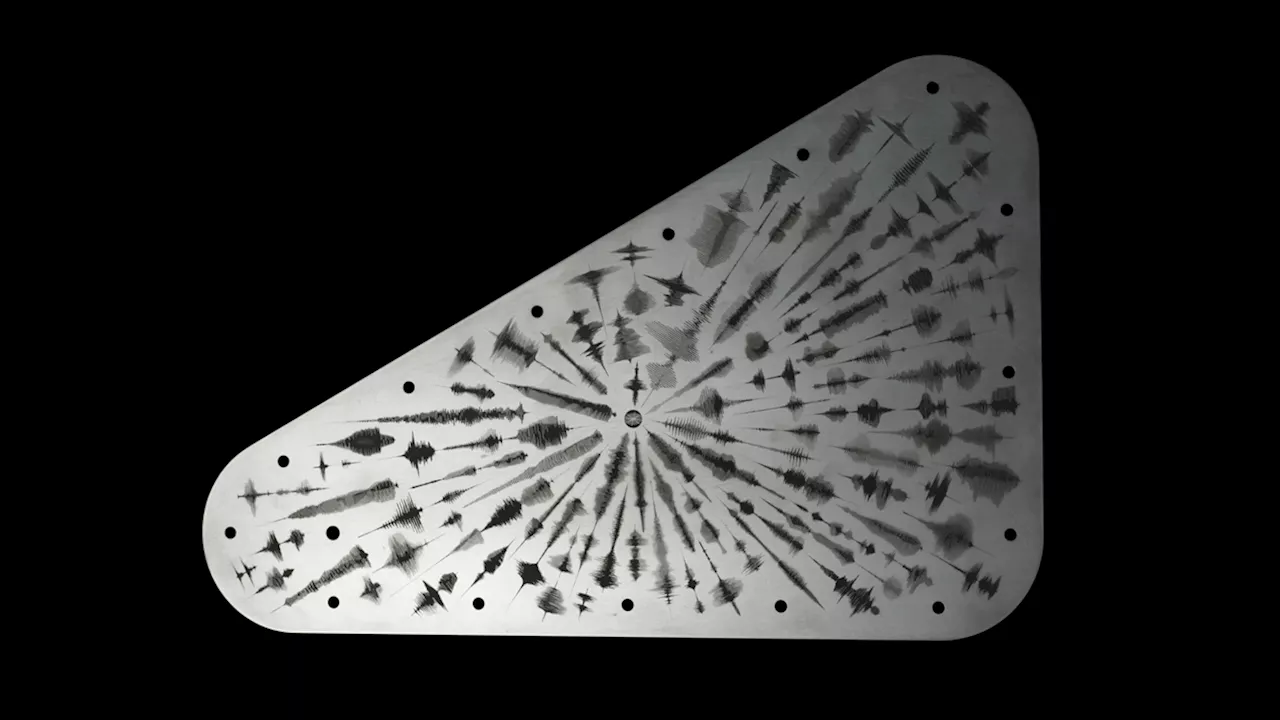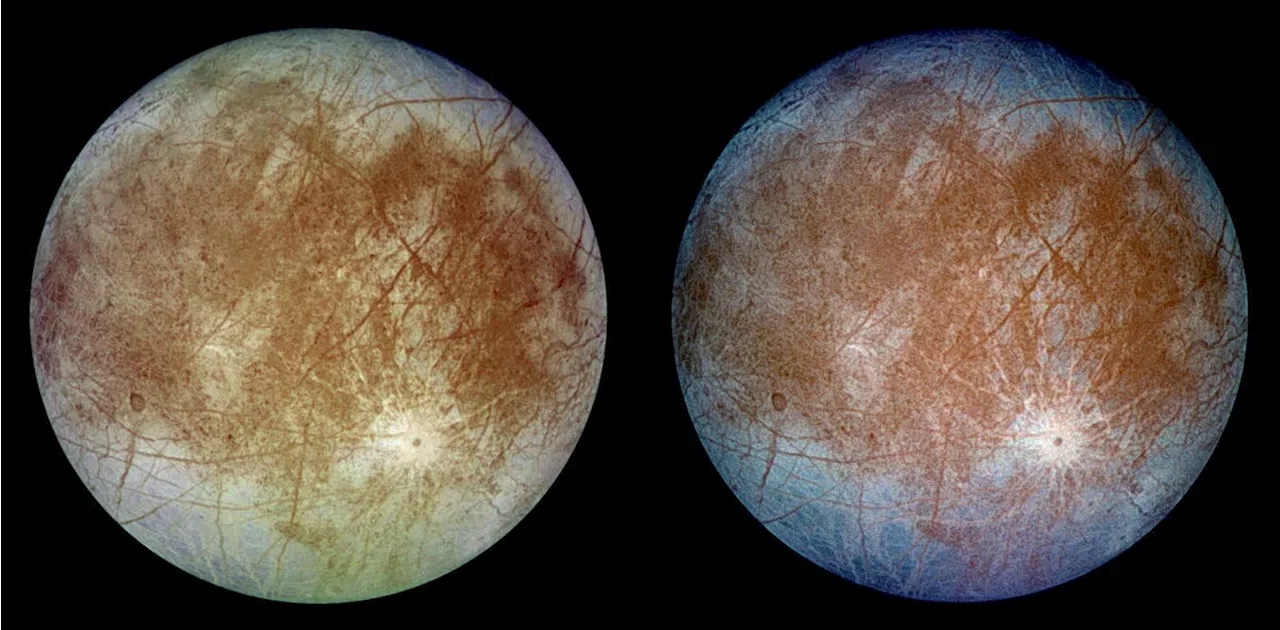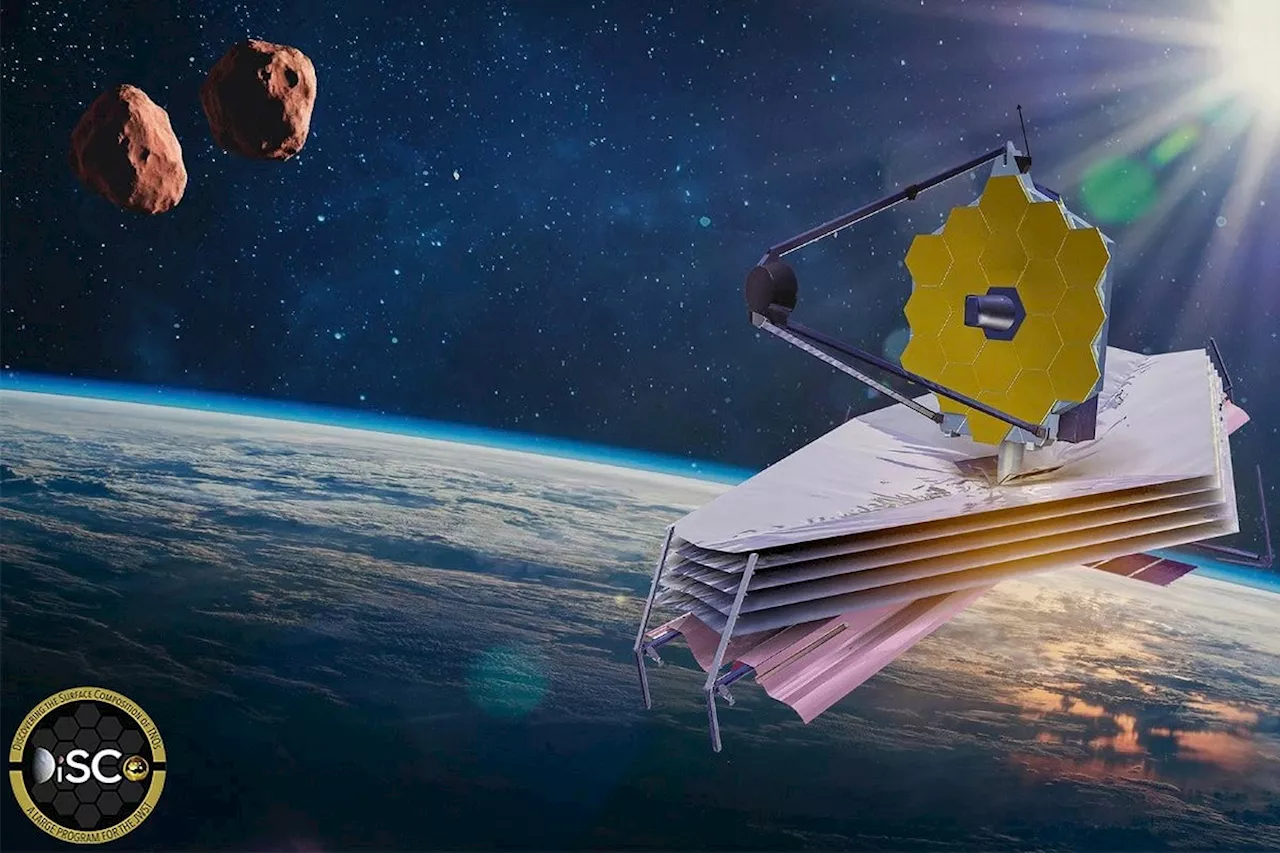Researchers at Purdue University have studied images of large craters on Europa to determine the thickness of its icy shell. Europa's surface is relatively young and smooth, with only a few craters. The icy shell is known to cover a large interior ocean of salty water.
You can tell a lot about a planetary body just by looking at its surface, especially if it has craters. Take Europa , for example. It has a fairly young surface—somewhere between 50 and 100 million years old. That’s practically “new” when you compare it to the age of the Solar System. And, Europa ’s icy crust is pretty darned smooth, with only a few craters to change the topography.
Planetary scientists already know that Europa’s icy surface is a thin shell over a large interior ocean of salty water. How thin? To find out, a team of researchers led by Brandon Johnson and Shigeru Wakita at Purdue University studied images of large craters on Europa. They used what they saw, coupled with a variety of physical characteristics, to create computer models of that shell
Europa Icy Shell Craters Planetary Body Purdue University Interior Ocean
Canada Latest News, Canada Headlines
Similar News:You can also read news stories similar to this one that we have collected from other news sources.
 With Icy Volcanoes, the Moon Europa Is Obscure, Along With These 3 Other MoonsFrom Io, the most volcanically active body known to science, to Titan, which boasts its own weather cycle, take a tour of our solar system's otherworldly moons.
With Icy Volcanoes, the Moon Europa Is Obscure, Along With These 3 Other MoonsFrom Io, the most volcanically active body known to science, to Titan, which boasts its own weather cycle, take a tour of our solar system's otherworldly moons.
Read more »
 NASA unveils cryptic message from Earth to be sent to Jupiter's icy ocean moon EuropaEmily is a health news writer based in London, United Kingdom. She holds a bachelor's degree in biology from Durham University and a master's degree in clinical and therapeutic neuroscience from Oxford University. She has worked in science communication, medical writing and as a local news reporter while undertaking journalism training.
NASA unveils cryptic message from Earth to be sent to Jupiter's icy ocean moon EuropaEmily is a health news writer based in London, United Kingdom. She holds a bachelor's degree in biology from Durham University and a master's degree in clinical and therapeutic neuroscience from Oxford University. She has worked in science communication, medical writing and as a local news reporter while undertaking journalism training.
Read more »
 Icy impacts: Planetary scientists use physics and images of impact craters to gauge the thickness of ice on EuropaNew study reveals that Europa's ice shell is at least 20 kilometers thick.
Icy impacts: Planetary scientists use physics and images of impact craters to gauge the thickness of ice on EuropaNew study reveals that Europa's ice shell is at least 20 kilometers thick.
Read more »
 NASA's mission to Europa isn't meant to find alien lifeLater this year, NASA is launching its Europa Clipper spacecraft to the icy moon of Jupiter.
NASA's mission to Europa isn't meant to find alien lifeLater this year, NASA is launching its Europa Clipper spacecraft to the icy moon of Jupiter.
Read more »
 Jupiter's moon Europa produces less oxygen than we thought—it may affect our chances of finding life thereJupiter's icy moon Europa has long been thought of as one of the most habitable worlds in the Solar System. Now the Juno mission to Jupiter has directly sampled its atmosphere in detail for the first time. The results, published in Nature Astronomy, show that Europa's icy surface produces less oxygen than we thought.
Jupiter's moon Europa produces less oxygen than we thought—it may affect our chances of finding life thereJupiter's icy moon Europa has long been thought of as one of the most habitable worlds in the Solar System. Now the Juno mission to Jupiter has directly sampled its atmosphere in detail for the first time. The results, published in Nature Astronomy, show that Europa's icy surface produces less oxygen than we thought.
Read more »
 Webb Space Telescope Unlocks the Icy Secrets of Neptune’s BirthScience, Space and Technology News 2024
Webb Space Telescope Unlocks the Icy Secrets of Neptune’s BirthScience, Space and Technology News 2024
Read more »
